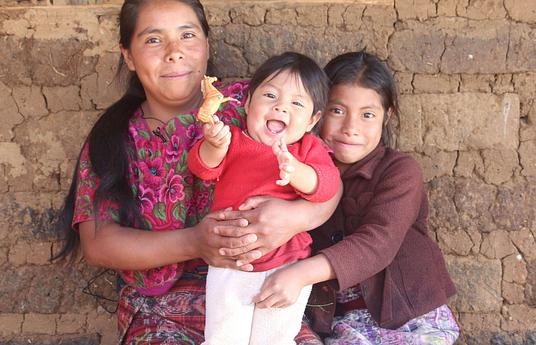Curiosity leads to learning, but to be able to face the challenges after that initial spark of curiosity, you also need to have the skills to learn. These challenges can include remembering things, understanding the way you learn, maintaining a positive attitude or processing information.
Learning skills refer to the information, skills, attitudes, and abilities that help you learn new things and maintain the desire to continuously develop yourself. Developing learning skills requires active practice, recognizing one’s strengths, encouragement from others and finding joy in learning the things you want to learn.
Learning skills are especially beneficial when faced with challenging topics. Learning skills strengthen your self-confidence and your ability to work independently. Useful skills to learn include academic skills such as reading techniques, finding information, communication and listening skills; learning skills, such as recognising your learning strategies; and being able to evaluate your learning, such as self and peer evaluation skills.
Ippo is a teaching tool that helps teachers plan their lessons in a way that focuses on learning skills. Ippo includes eleven learning sessions that each take about 90–120 minutes. Every session is comprised of six different parts. Teachers can cherry pick the sessions or parts that their class needs – or use the whole Ippo unit as a part of their teaching.
After completing the whole learning unit, students have a greater ability to control their learning and understand the amount of work required to learn new things.
The steps describe both the structure of the Ippo unit (steps 1–2) and the contents of each session (steps 3–13) in more detail.






